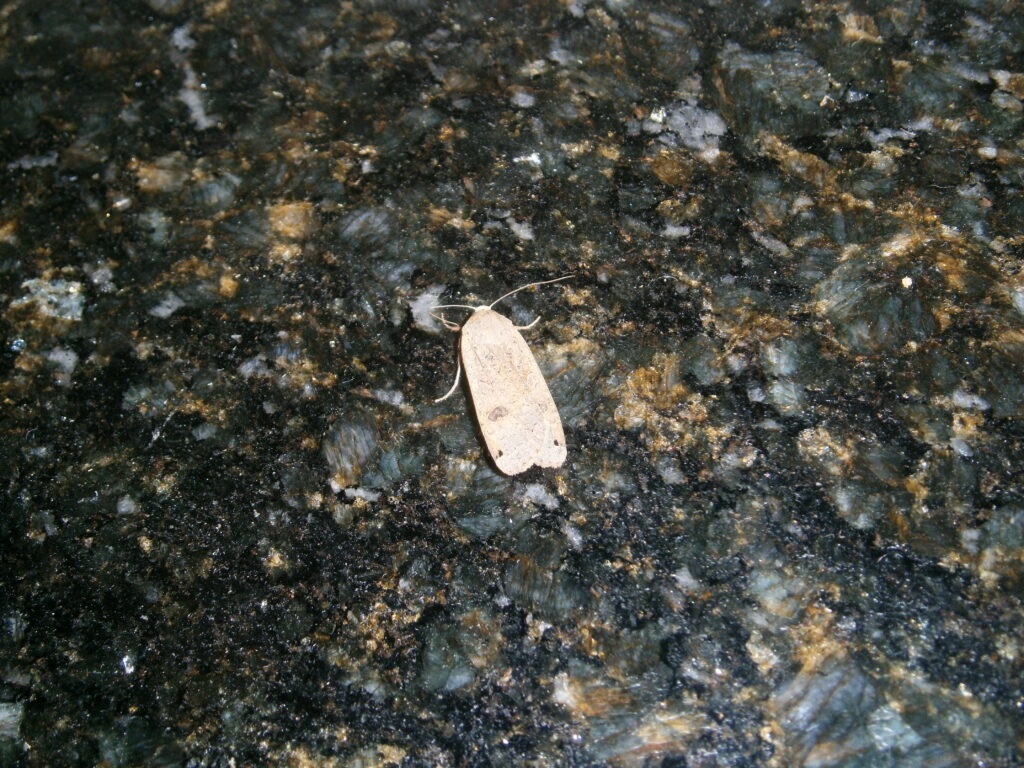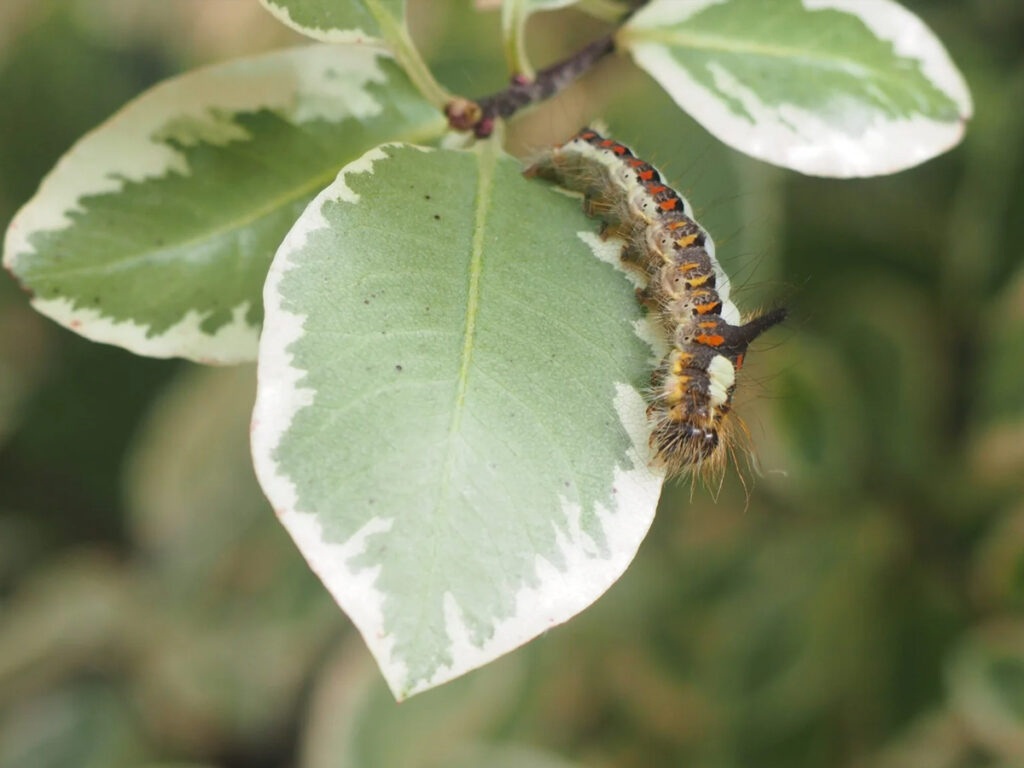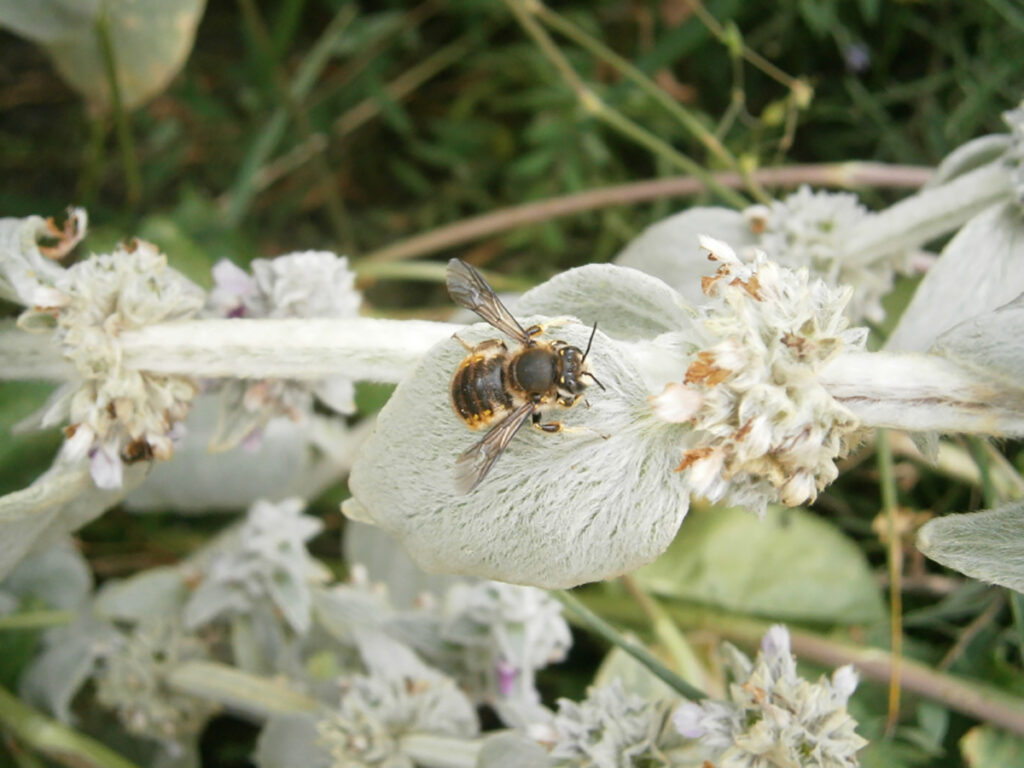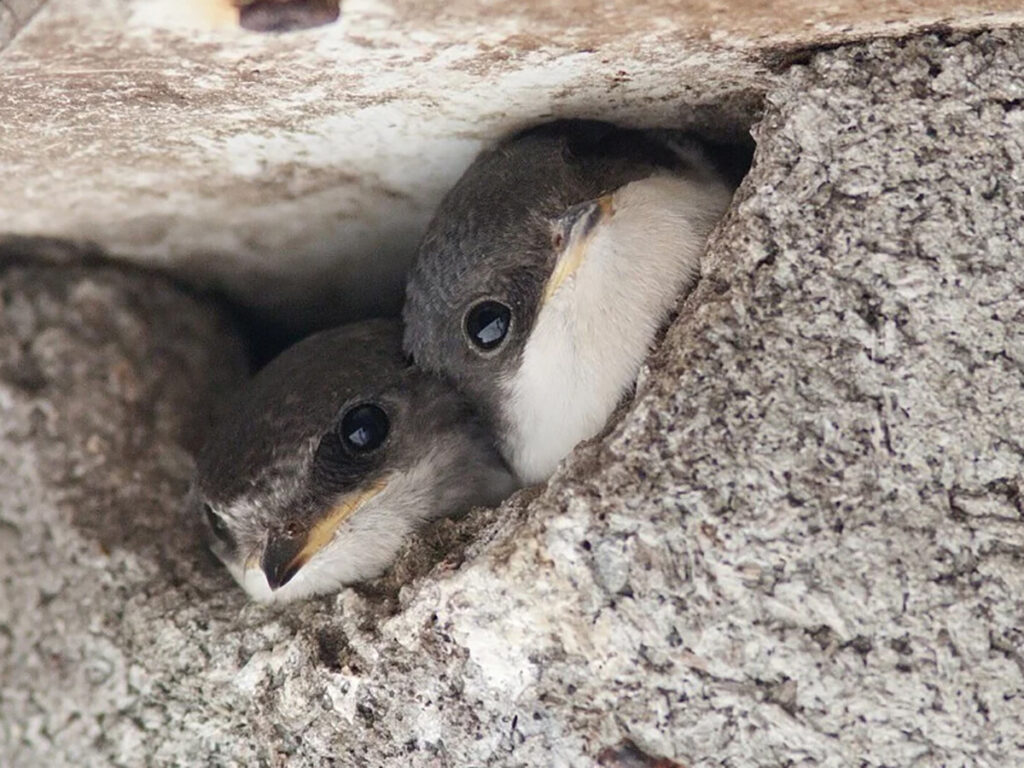Spending more time in my garden since the pandemic I have tried to identify the wildlife that lives here with me. It was a close encounter with various moths that encouraged me to join Butterfly Conservation after much perusal of their Moths ID page.
I have known about the charity’s work for some time, involving them when I launched a nature and arts campaign in 2018. Bugs & Blossoms was intended to raise awareness of, and interest in, all sorts of insects and plants that share this planet. Sadly, Covid drew our activities to a halt.
There has been much speculation about the absence of insects this year. Butterfly Conservation noted, during their July Big Butterfly Count, that:
“The unusually wet and windy spring, coupled with the colder than usual temperatures so far this summer, could be contributing to the lack of butterflies. While there is a chance of a later emergence of the insects if there is a prolonged sunny spell, numbers are currently the lowest recorded in the 14-year history of Butterfly Conservation’s Big Butterfly Count”.
But they also warned that:
“it is not only this year’s weather that is contributing to the lack of butterflies being seen. 80% of butterflies in the UK have declined since the 1970s, with habitat loss, climate change and pesticide use the main drivers of this decline.”
One sultry evening this August I looked up to see a caterpillar crossing the kitchen floor. After much hunting through books, and eventually on the internet, I discovered it was of the Grey Dagger Moth. A few days later a moth was asleep on my kitchen counter and I eventually identified it – a Large Yellow Underwing. Not only did these two visitors give me a chance to really study them at close quarters but it was a relief to see them in a year when the absence of insects has been remarked upon by many. It felt wrong to have all the doors and windows open on a summer’s evening and not one moth flying in.
I work in partnership with nature in my garden. It means that no pesticides are used, that I accept the plants that appear in my borders and I try to balance what wildlife needs. Focus usually falls on butterflies and moths and their nectar preferences but just as important are the plants that their caterpillars feed on. I discovered the Grey Dagger Moth caterpillar prefers hawthorn, blackthorn, apple and birch, all of which I have. The Large Yellow Underwing prefers docks, Marigolds, Foxglove and Annual Meadow-grass.
I always leave a patch of grass uncut. It does not achieve the flower-rich appearance of the No Mow May campaign but allows grasses to flourish. These are important food plants for a number of insects as well as providing winter cover for larvae to burrow down into the tussocky bases.
Last night, wordling at midnight, I found yet another moth. Not difficult to identify – its distinctive long ‘nose’ marked it out as The Snout. A fairly unremarkable small buff and brown moth, triangular in shape, whose larvae feed on nettles. Oddly the female is wingless and releases pheromones to attract make suitors.
Almost as fascinating as the moths themselves, are the names. My ‘go-to’ book to find out how and why butterflies and moths were named is Peter Marren’s Emperors, Admirals & Chimney Sweepers. Here I discover that some moths are named after weapons usually, as in the Dagger, because of their markings. The Snout is one of several moths named after its apparent nose. Not a nose but sensory organs involved in touch and tasting potential for items and known as palps.
And Underwings of course because their rather dowdy appearance changes when they reveal brightly coloured lower wings.
There is so much more to learn about moths – and it started with a caterpillar crossing a flagstone floor.




